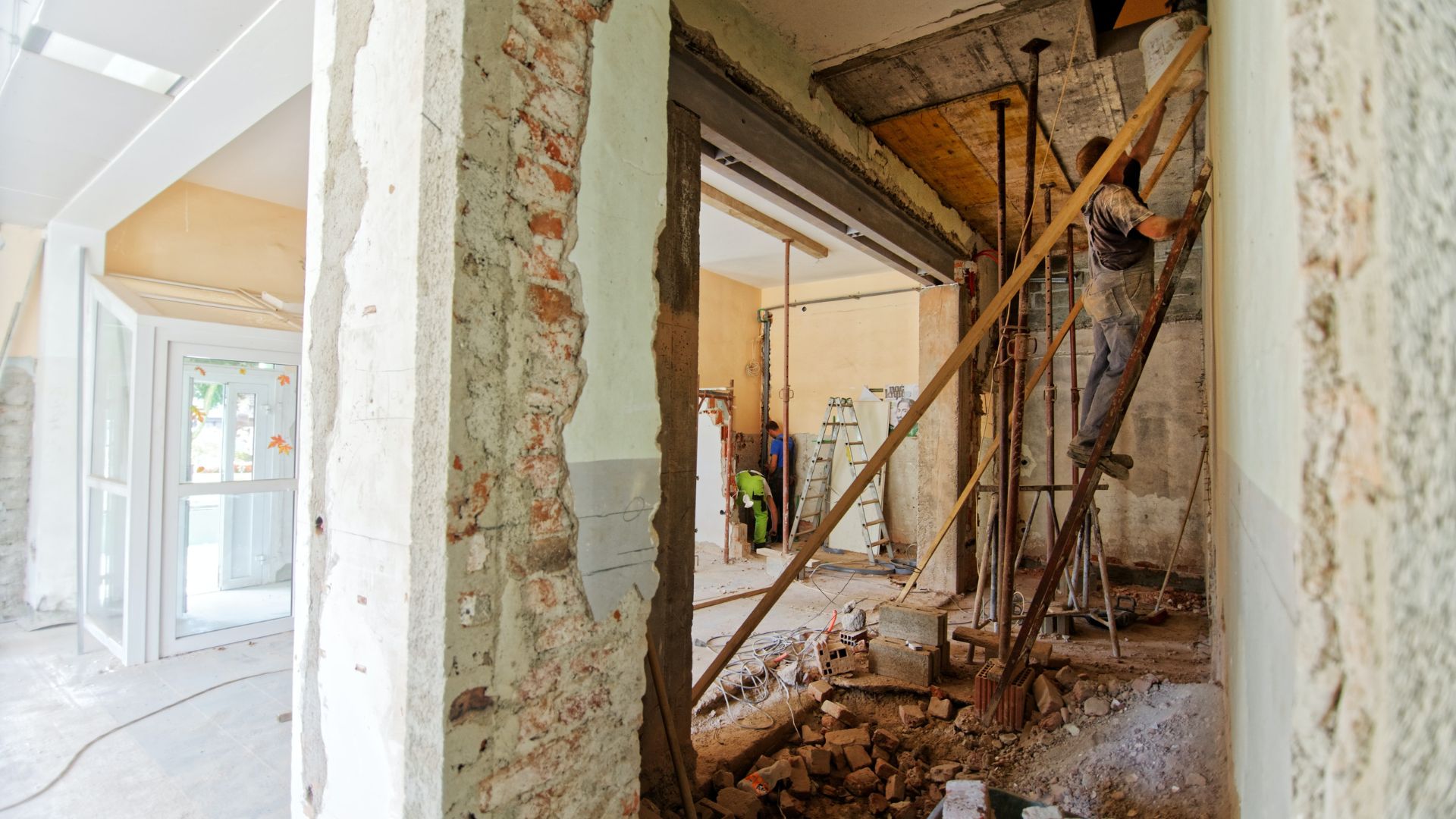While there is much debate about whether we should prioritise retrofitting homes or installing heat pumps, the climate crisis means we may not have a choice but to do both as fast as possible, writes Toby Cambray.
Like them or loathe them, Insulate Britain have undeniably got everyone talking a bit more about insulation. The debate around their methods is thought-provoking, but I don’t want to delve into that here. I recently read an essay entitled “Insulate Britain! Yes, but by how much?”, the general thrust of which was that even what I’d consider to be a basic fabric retrofit is relatively expensive, and heat pumps are getting better and cheaper, therefore we should do a ‘bare minimum’ of fabric work and focus on deploying heat pumps. There’s a lot to unpick in this piece, and plenty I disagree with, but it did get me thinking about whether it is time to adjust some of our tactics in the great game of decarbonisation.
It’s worth clearing up at the outset that, if designed properly, a heat pump could, in theory, heat a building with poor fabric efficiency. The kicker in this statement is “if designed properly”. I’d even go as far as saying that, if designed well, the heat pump could theoretically be quite efficient in terms of simple COP – it would just be doing an awful lot of work. This does not however mean that it’s a good idea to put a heat pump in a building with poor fabric efficiency. Although there are cases where other constraints mean we have little choice – we have done exactly this in a sensitive historic building – ultimately, in my opinion, we need to both (mostly) Insulate Britain and (mostly) Heatpumpify Britain.
The central point in the article is “… that [deep energy retrofit…] isn’t a realistic strategy for reaching net zero in the fastest time possible.” This, unfortunately, is becoming a valid argument. We’re running out of time and we don’t yet have the workforce or supply chain to undertake deep energy retrofit at the scale necessary. Policy makers seem reluctant to mandate or incentivise this process (e.g. the culling of the Green Home Grants) – it’s blah blah blah. Even if this changes very soon, as deep energy retrofit advocates we may need to re-think how we decarbonise within the necessary timescales, and that may now mean a more circuitous route.
Installing a heat pump does not preclude a subsequent deep energy fabric retrofit.
My main concern with the aforementioned essay is around the framing of the problem; it’s important to consider ideas from a household perspective, but this tends to obscure the significance of how our energy supply systems work. There are, it seems, some misconceptions around the ‘the grid can’t cope’ argument. Much like an enormous heat pump with enormous radiators can heat a leaky building, it is possible to engineer a national electricity grid that could support a nation of leaky homes heated via electricity. The implications of this are, however, potentially significant in terms of the necessary infrastructure. There are various other consequences rarely mentioned; ecological damage to the space occupied by the infrastructure, or the upfront CO2 for example.
We’re not saying the grid could never cope with wholesale heatpumpification; we’re saying it would be expensive to make it able to cope. What’s more is that interseasonal electricity storage technology isn’t ready yet, a clear counter argument to the concerns about the roll out of deep energy retrofit. With the latter, the technology (i.e. fluffy stuff) is well established and the barriers are ‘just’ political and logistical.
A simple switch of heating system also does not yield the benefits to health of a well-executed retrofit, (positive for the public purse as well as individuals). The interaction with fuel poverty is more than a little complicated; while the efficiency of a heat pump can potentially offset the higher cost of electricity compared with gas, the COP has to be consistently impressive to do so.
However, I would concede this to the heat-pumpers’ argument – maybe given the urgency of the climate crisis, we need to start pulling all the levers available to us. When we started Greengauge 11 years ago, typical advice was to fit a fossil boiler, and spend the money you could have dropped on a heat pump, on insulation, airtightness and ventilation; you could always opt for a heat pump when the boiler gives up. I stand by that advice of 11 years ago, but I think the calculus has changed. The climate crisis is more urgent, the UK heat pump market has matured significantly and the retrofit market is bumping along, thanks to a band of dedicated individuals, rather than soaring, thanks to the bold, consistent policy support necessary.
Here’s the rub: in the same way that deep fabric retrofit doesn’t preclude upgrading to a heat pump at a later date, (especially if it’s planned in advance), installing a heat pump does not preclude a subsequent deep energy fabric retrofit, especially if its planned in advance. A rapid growth in heat pumps would quickly stimulate the investment in the infrastructure that’s necessary if we’re to shift away from gas in the medium term, and with appropriate forethought, we can go back and reduce the demand of those properties later.
On the other hand, we still seem to be riding with the stabilisers when it comes to fabric retrofit, and getting on with heatpumpification buys us some time to get that bit right.
I therefore offer the following idea for discussion in the retrofit community and beyond. At the national (rather than household) level, perhaps the fastest route to decarbonisation is to heatpumpify as fast as possible, and retrofit as fast as possible – in some cases, perhaps even in many cases, in that order.
Of course, individual cases must be considered on their merits, and I’m certainly not saying always bung in a heat pump first, and I’m absolutely not saying we should give up on fabric. But we should acknowledge that the two approaches aren’t mutually exclusive; in fact they are the ideal combination. I’d welcome a debate here, but the fastest and most pragmatic route to a low-carbon built environment might be a balance of fabric first, and fabric second.
Link to original blog: https://essaysconcerning.com/2021/11/08/insulate-britain-yes-but-by-how-much/
Originally published in Passive House Plus magazine





